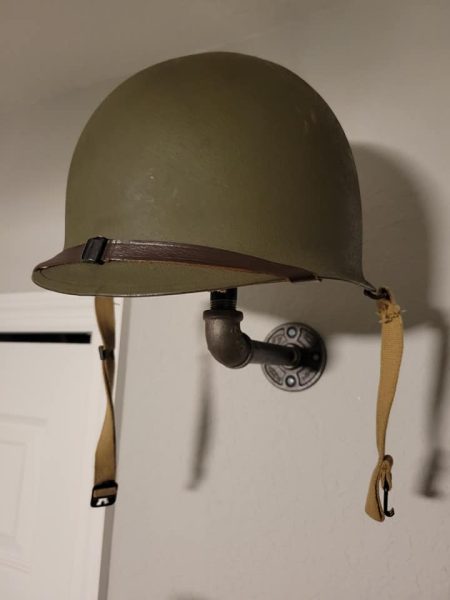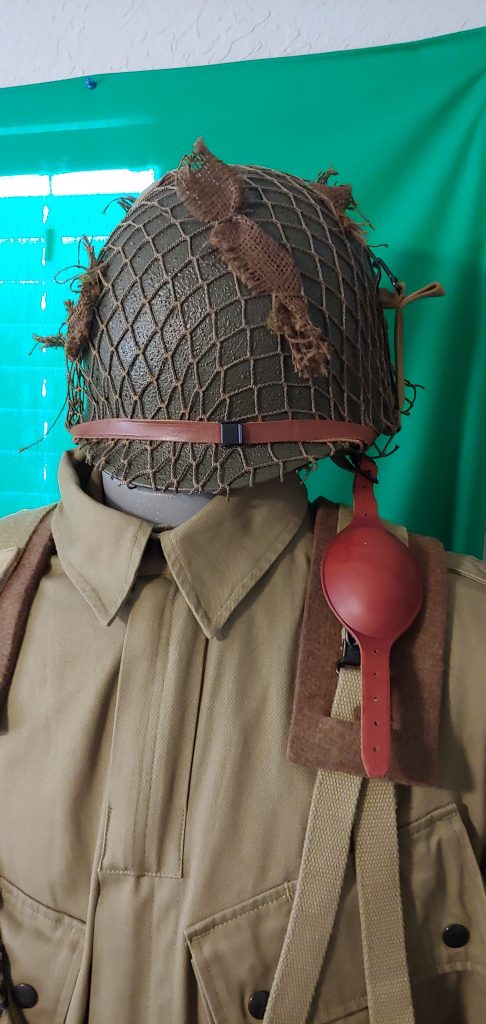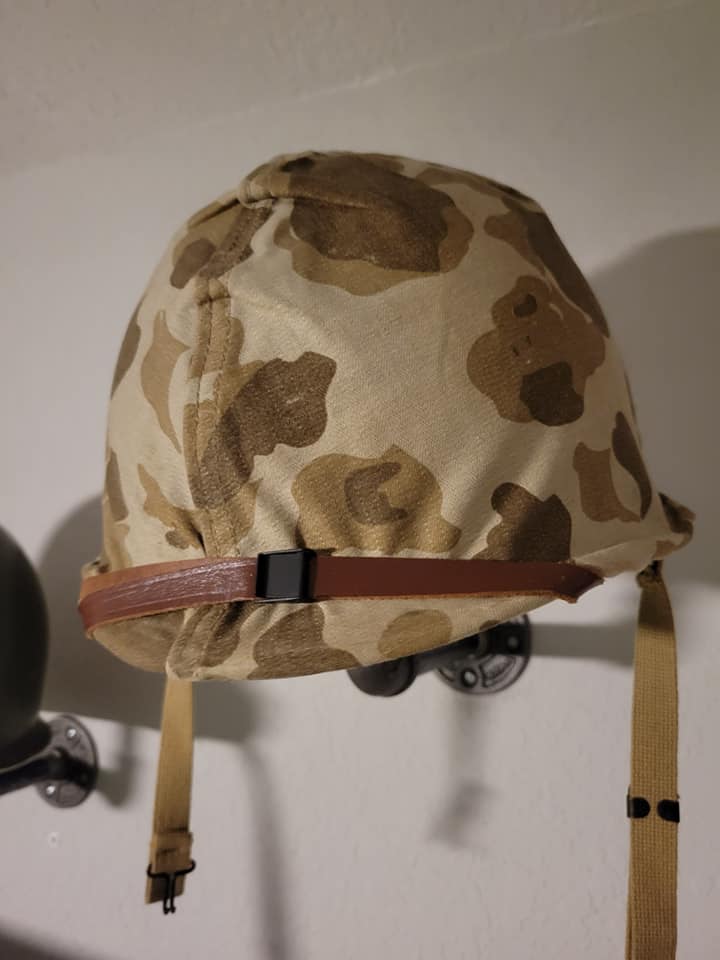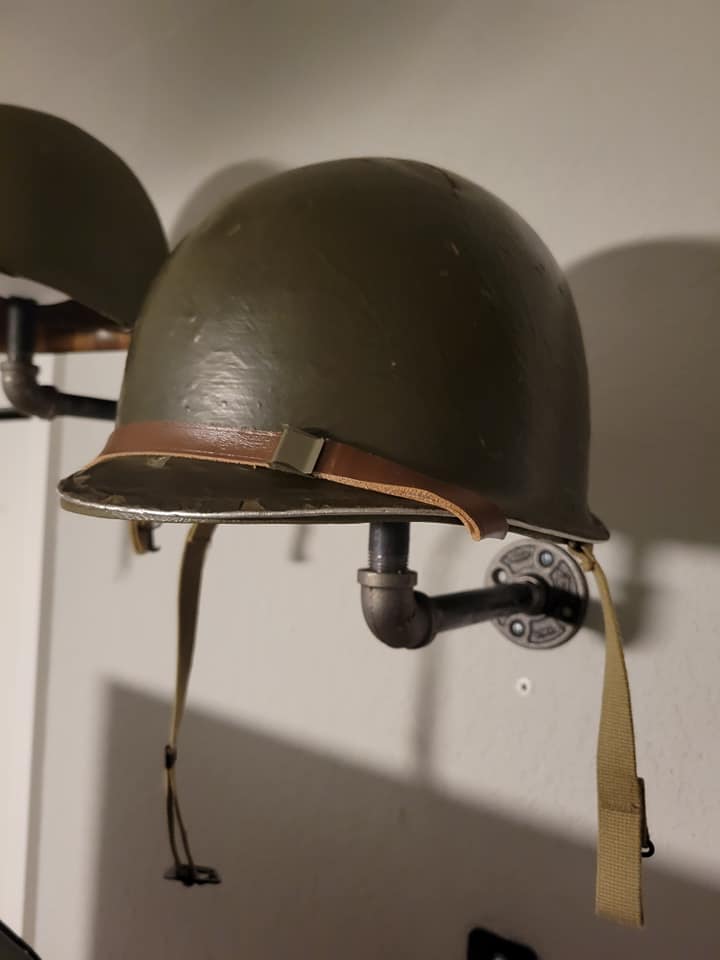M1 Helmet
M-1 Helmet

The M1 Helmet, an iconic symbol of World War II, has a rich and storied history. Introduced in 1941, the M1 Helmet was the standard issue for American soldiers throughout the war. Designed to provide better protection than its predecessors, it consisted of a steel shell with a distinctive “pot” shape and a liner made of canvas and suspension system to cushion the wearer’s head. The helmet’s design evolved over time, with improvements to its chinstrap, liner, and camouflage patterns. It became an essential piece of equipment, safeguarding soldiers from shrapnel and projectiles on the battlefield. The M1 Helmet’s durability and practicality earned it the nickname “steel pot” and cemented its place as an enduring symbol of the WWII era. Today, it remains a highly sought-after collectible and a poignant reminder of the brave individuals who wore it in defense of freedom.
- Development: The development of the M1 Helmet can be traced back to the 1920s and 1930s when the U.S. military began experimenting with various designs to improve soldier protection. The need for a more reliable and effective helmet became evident during World War I when troops faced significant head injuries.
- The M1917 Helmet: Before the M1 Helmet, the U.S. military used the M1917 Helmet, which was a variation of the British Brodie Helmet. Although it offered some protection, it had limitations, including its shallow shape and lack of a chin strap, which often resulted in the helmet being knocked off during combat.
- The M1 Helmet Design: In the early 1940s, the U.S. Army started developing a new helmet design to address the shortcomings of the M1917. The M1 Helmet, designed by the research and development team led by Dr. Bashford Dean, was introduced in 1941. The helmet featured a distinctive steel shell with a deeper and more rounded shape, providing improved protection for the head and neck.


- Manufacturing and Adoption: Mass production of the M1 Helmet began in 1941, and it quickly became the standard issue helmet for the U.S. military during World War II. Millions of M1 Helmets were produced, and they were worn by soldiers, sailors, airmen, and Marines throughout the war.
- Variations: The M1 Helmet underwent some minor changes and improvements during its production. The early models had fixed chin straps, but later versions introduced adjustable chin straps to enhance comfort and fit. The helmet liner also went through modifications, incorporating different materials and suspension systems for better cushioning and stability.
- Combat Use: The M1 Helmet saw extensive use during World War II in all theaters of war. It provided vital protection to American troops against shrapnel, debris, and small arms fire. Its rugged design and durability made it a reliable companion for soldiers in combat situations.
- Post-WWII Use: The M1 Helmet continued to be used by the U.S. military in subsequent conflicts, including the Korean War and the Vietnam War. It also remained in service through the Cold War era and beyond, being employed by various military and police forces worldwide.
- Legacy and Collectibility: The M1 Helmet remains a symbol of the American soldier during World War II and is highly sought after by collectors and historians today. Its iconic design and historical significance make it one of the most recognizable and respected military helmets in history.
The M1 Helmet’s long service life and proven effectiveness have left an indelible mark on military history and continue to be celebrated as a symbol of the courage and sacrifice of the soldiers who wore it.

